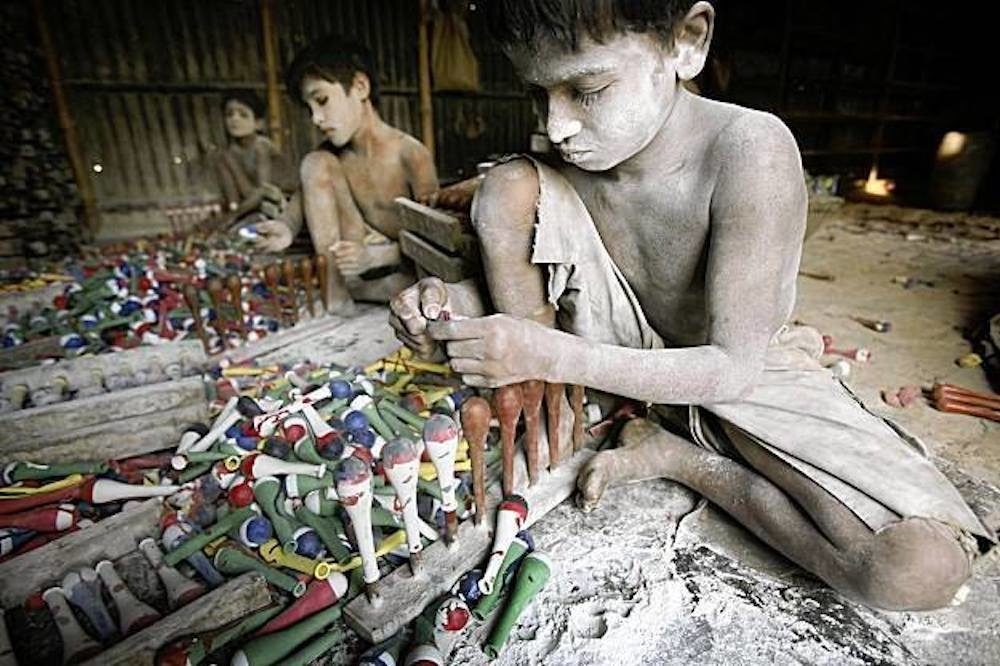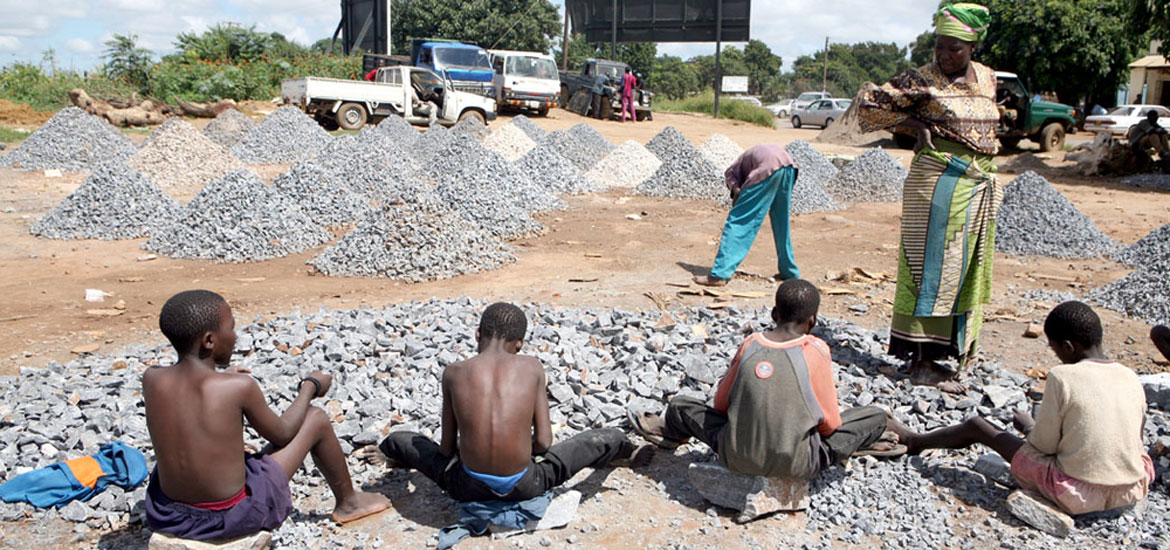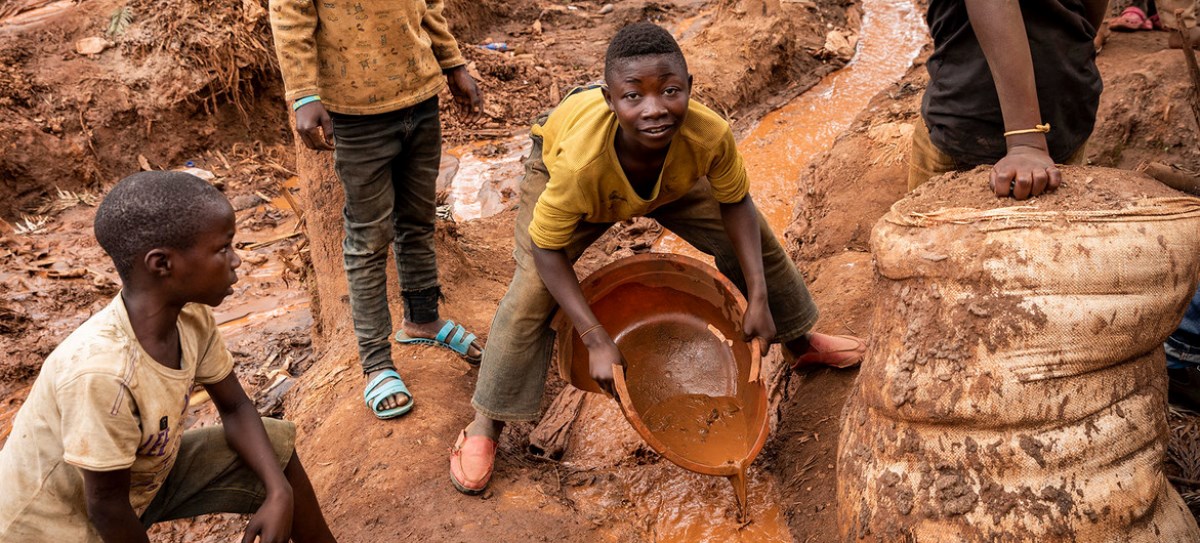The term “child labour” is often defined as work that deprives children of their childhood, their potential and their dignity, and that is harmful to physical and mental development. It refers to work that is mentally, physically, socially or morally dangerous and harmful to children
 KRC TIMES Desk
KRC TIMES Desk

R K BANERJEE
Every year on May 1st, we celebrate Labour Day or International Workers’ Day. This day serves a dual purpose to remind workers of their rights and to give them the recognition they deserve for their contributions to society. Labour Day’s roots trace back to the fight for workers’ rights in the 19th-century United States. On May 1st, 1886, a massive strike erupted with nearly 200,000 workers demanding an eight-hour workday. This movement turned violent in Chicago, culminating in the Haymarket Affair.A peaceful gathering at Chicago’s Haymarket Square took a tragic turn when a bomb exploded.
International Labour Day-2024
To honour the workers’ movement and the Haymarket incident, the International Socialist Conference declared May 1st as Workers’ Day in 1889. Labour Day not only aims to recognise workers’ hard work but also to educate them about their rights and save them from being exploited. A recently released government report paints a harrowing picture of the condition of workers in India with most earning less than half of the minimum accepted norms, 71% not having any written job contract, 54% not getting paid leave and over 57% in rural areas and nearly 80% in urban areas working much beyond the eight-hour work day (48-hour-week).According to the Seventh Pay Commission, set up by the central government to fix salaries of central employees, the minimum wage or salary needed for a four-member household was about Rs. 18,000 in 2016. This was arrived at after taking into account the minimum calorific value of food requirement and all other essentials like clothing, fuel, housing, and also education of children etc. It included the Supreme Court guidelines of 1992 regarding such fixation. In rural areas, both self-employed and casual workers earn less than half of this minimum standard while the regular employees earn about two thirds of it. This is indicative of the large share of small and marginal farmers in the country and the intense crisis they are facing.
Child Labour in India
The term “child labour” is often defined as work that deprives children of their childhood, their potential and their dignity, and that is harmful to physical and mental development. It refers to work that is mentally, physically, socially or morally dangerous and harmful to children; and/or interferes with a child’s ability to attend and participate in school fully by obliging them to leave school prematurely; or requiring them to attempt to combine school attendance with excessively long and heavy work. In India, millions of children are forced into child labour due to poverty, high illiteracy rates due to lack of education, unemployment, overpopulation, etc. Children between the ages of 14 and 17 years engage in hazardous work and account for 62.8% of India’s child labour workforce in which more boys than girls (38.7 million vs. 8.8 million) are forced into doing more hazardous work. Child labour used to be most ubiquitous in rural India in which 80% of working children found work. Recently, however, child labour has relocated from rural areas to urbanized areas where the big cities are located. Larger cities provide more opportunity for work compared to smaller, rural areas. As reported by UNICEF, there has been a 54% increase in child labor in urbanized areas for children between the ages of 5 and 14. In addition, according to a Campaign Against Child Labour study, India has approximately 12,666,377 child labourers total. Uttar Pradesh has 19,27,997 child labourers. Delhi, the capital of India, has over 1 million child labourers. According to 2005 Government of India NSSO (National Sample Survey Org.), child labour incidence rates in India is highest among Muslim Indians, about 40% higher than Hindu Indians. Child labour was found to be present in other minority religions of India but at significantly lower rates. Across caste classification, the children had child labour incidence rates of 2.8%, statistically similar to the nationwide average of 2.74%. Tribal populations, however, had higher child labour rates at 3.8%. India has the highest number of children stunted because of malnutrition (48.2 million) equivalent to Colombia’s population, according to Save the Children’s ‘Stolen Childhoods’ report. 31 million children are part of India’s workforce, the highest number in the world. Analysis of the available child labour data reveals that a greater number of children in the age group of 5-14 years are engaged in agricultural labour in rural India.
According to a report by the Kailash Satyarthi Foundation, and the 2011 census projections, India will have 7.8 million child labourers in 2023, comprising a male-female ratio of 57 per cent and 43 per cent respectively. Although the reduction in the annual rate of child labour in 2001-11 (-2.01 per cent) was greater than in 1991-2001 (-1.16 per cent) and 1981-91 (-1.88 per cent), India continues to have an unacceptable level of child labour. Although the Indian government has signed up to the UN’s goal of eliminating child labour in all its forms by 2025, an influential Parliamentary committee has warned drastic action is needed to meet the commitment. Although India has passed legislation prohibiting both child and bonded labour, the stark reality is that the country is making slow progress towards its goal of eliminating these deplorable practices. The introduction of the Child Labour (Prohibition and Regulation) Act in 1986 (with amendments in 2016), and the Right to Education Act 2009, which guarantees children between the ages of six and 14 the right to free and compulsory education under the Indian Constitution, was a step in the right direction, children in India remain extremely vulnerable to becoming victims of bonded and forced labour. Global rise in child labour
According to a 2021 report by the International Labour Organization (ILO) and UNICEF, 160 million children worldwide are caught in the web of child labour, representing a distressing statistic of one in 10 children. The report warns there has been a significant rise in the number of children aged five to 11 years in child labour. Also, the number of children aged five to 17 years in hazardous work – defined as work that is likely to harm their health, safety or morals – increased by 6.5 million to 79 million in the period 2016-2011.UNICEF states that children are still subject to severe forms of child labour, such as being forced to become child soldiers, being trafficked for work purposes and sexual exploitation, and bonded labour, where employers give high interest loans to the parents of children and in return the child (and frequently other family members) are required to work at low wages to pay off the debt.
Despite an economic boom in India, the country faces a significant poverty issue with more than a third of India’s population living under the poverty line. Due to poor living conditions, low levels of income, and a lack of job diversity, impoverished families have no alternative but to put their children to work instead of teaching them. Often, these children are sold by their parents to child traffickers to lessen their economic burden and to gain extra money. Addressing and eliminating child Labour is crucial for the well-being of children, the progress of society, and the sustainable development of a nation. It requires concerted efforts, comprehensive policies, and the active involvement of various stakeholders to ensure the protection of children’s rights and their holistic development.
Advertisement | 5E for Success




